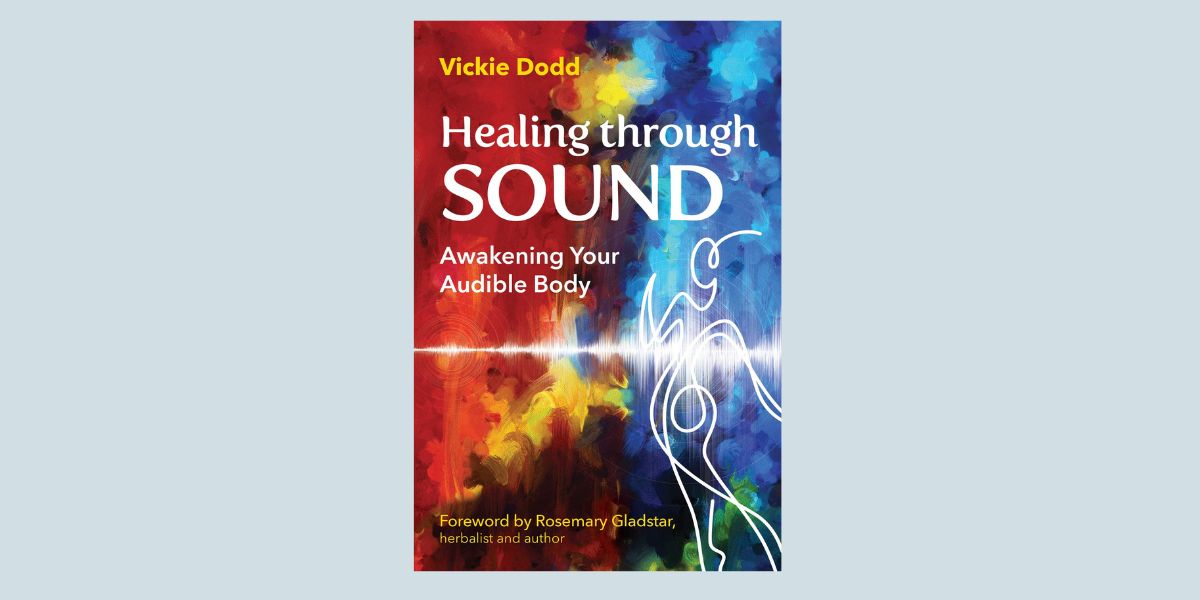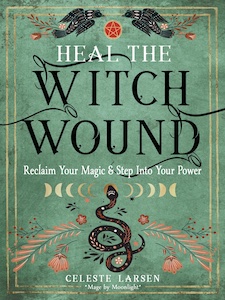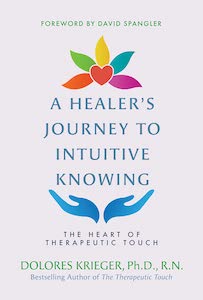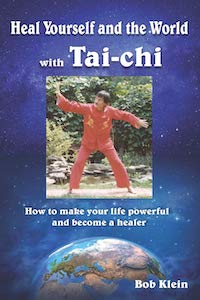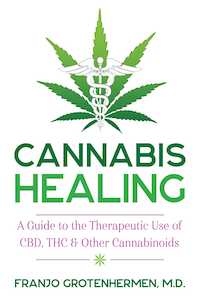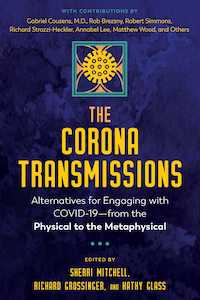
Healing through Sound: Awakening Your Audible Body, by Vickie Dodd
Findhorn Press, 979-8888500316, 176 pages, April 2024
“Our purpose in sounding is to be restored to our essence, which is liquid.”1
In Healing through Sound: Awakening Your Audible Body, Vickie Dodd presents us with her “sounding” practice, which she has been exploring and developing for over 50 years. As a young girl growing up in a rural town in the United States, Dodd realized that her perceptions of the world seemed to include a lot more than the people around her. She experienced a dazzling array of colors and emotional impressions stemming from other people and the natural world.
Although these experiences were fairly overwhelming at first, young Vickie began to experiment with how using the sounds of her voice could shape and alter these experiences. At only 5 years old, Dodd took her first steps in learning about natural healing from elders in her community, also recognizing how modern medical treatment often appeared to result in further illness. Gradually, her experience and curiosity about how sound may affect the mind, body, and spirit blossomed into a unique healing practice: one which seeks to dissolve emotional energy which has been trapped and stored in the tissues of our bodies.
Healing through Sound is a practical guide for readers to discover and develop the suite of “formulas” essential to this healing art. Dodd repeatedly emphasizes the idea that we should treat the body as a laboratory in which we are constantly practicing our sounding, and experimenting with how various formulas affect us. From the very start, this book comes across as a “try it yourself” book, with several exercises presented in each of the nine chapters. She keeps the core of each exercise simple, providing a bulleted list of guidance and advice, while leaving plenty of room for experimentation. Whether it’s finding your Signature Hum, attuning you to the basic resonance of your body, or layering dissonant frequencies that open you up to the depths of shadow work, Dodd provides a whole toolkit that covers everything from the fundamentals to more advanced work.
The fundamental premise at the core of Dodd’s practice is that frequencies of sound (and even color!) can change the arrangement and behavior of the body’s constituents, even down to the molecular level. The human body is composed of over 70% water, and when our liquid medium is unable to flow easily, this can manifest in psycho-physical-spiritual ills. As the sound/color frequencies loosen the bodily aspect of this healing process takes hold, deep-seated emotions, trauma, and memories that may be stored in the body’s tissues are freed to flow, change, and be let go. A simple analogy is debris in a stream: at a blockage site, more and more debris will build up and the stream may eventually stagnate.
But loosening the body’s tissues is only the surface level of Dodd’s practice: the real key is listening to what arises from the sounding. She often says that the sounding itself is the teacher: unlike modern medical practices where the healer has a specific outcome, a sounding practice is responsive to the present state of the patient’s body-mind-spirit. It’s often not until after a sounding session is complete that the participants really understand what aspect of the patient needed healing. For example, one of Dodd’s patients said that a sounding recreated the folk melodies of his home country (completely unknown to Dodd), opening him up to the realization and release of the homesickness, feeling which had been completely buried in his unconscious.
Using the formulas of sounding creates the conditions so that both practitioner and patient (which may be one and the same) become quiet enough to hear the subtle layers of the human being. But Dodd is explicit that sounding “formulas” are anything but formulaic, since they are always responsive to what’s coming up in the present moment: “mixtures of listening, observing, asking permission, noticing rhythms, timings, shapes, colors, breath, messages from all parts of the body, as well as all our various archetypes, and ages that are encased in this garment called a body.”2 This is one of the fascinating aspects of Dodd’s approach: sounding can touch and affect us at so many levels and modalities, and yet the healing and formulas in any given session may be completely unique!
In many ways, sounding is a true healing art in the fullest sense – a practice which cannot be reduced to any of its constituent parts, nor can any session be simply prescribed to “fix” this or that ailment. This is brought out nowhere more clearly than one of the final examples of the book, where Dodd presented her work at an international academic conference. Although she’d been uncharacteristically nervous about discussing her work in front of so many distinguished scientists, she spontaneously performed a sounding/prayer for the entire conference. This had the visible effect of increasing camaraderie, even evoking tears, among the conference attendees (and we all know how stiff academics can be!).
Not only did Dodd inspire and surprise this conference with her healing art, she also received affirmation and support from the academic community. Dr. Tu, a liaison between China and the Dalai Lama, explained that her practice reflects deep truths found throughout Chinese philosophy, medicine, and science. What’s more, as Dr. Tu translated Dodd’s ideas into more scientific vernacular, many of the conference attendees also affirmed her ideas with respect to their own fields.
Although I would’ve loved to read more about Dr. Tu’s response, the conference was in 1999, before the days when everyone had a video camera in their pocket, so it was not recorded. As a reader who likes to see scientific explanations meshed with the wisdom and practices more intimately connected with (our) nature, this was one of the few areas of Healing through Sound which was lacking. In several places throughout the book, even the basic idea of how sound loosens and lubricates the body’s molecular structures, Dodd appeals to scientific ideas with little discussion of the scientific sources themselves. But readers should also recognize that Dodd in no way intends to provide a comprehensive scientific or theoretical explanation of her practice. This could certainly be an area to expand upon in a future book, or for those in scientific fields to help corroborate the effects of sounding.
Overall, I would enthusiastically recommend Healing through Sound to anyone who wishes to begin or expand their body work practice. I love that Dodd’s methods are incredibly accessible, even for a complete novice – all you need is the sound of your own voice and the willingness to experiment and to listen. Because there is no set outcome or predetermined goal of most sounding exercises, the potential to discover what your mind-body-spirit really needs to heal is ever present. By cultivating receptivity through sounding, the practitioner can avoid the ways our mind can mis-frame or fixate on a certain solution to a perceived problem. And if you’re already an energy / body worker, so much the better, as sounding has great potential to be adapted to and augment your prior practices!

Zak has two master’s degrees in philosophy, from Brandeis University and University of California Santa Barbara. He is currently the lead editor for Dungeons in a Box, and he spends much of his time in the realm of fantasy crafting new plots and ensuring the adventure is in mechanical balance. When he’s not DMing, he also enjoys hiking, studying eastern philosophy, and playing board games.
